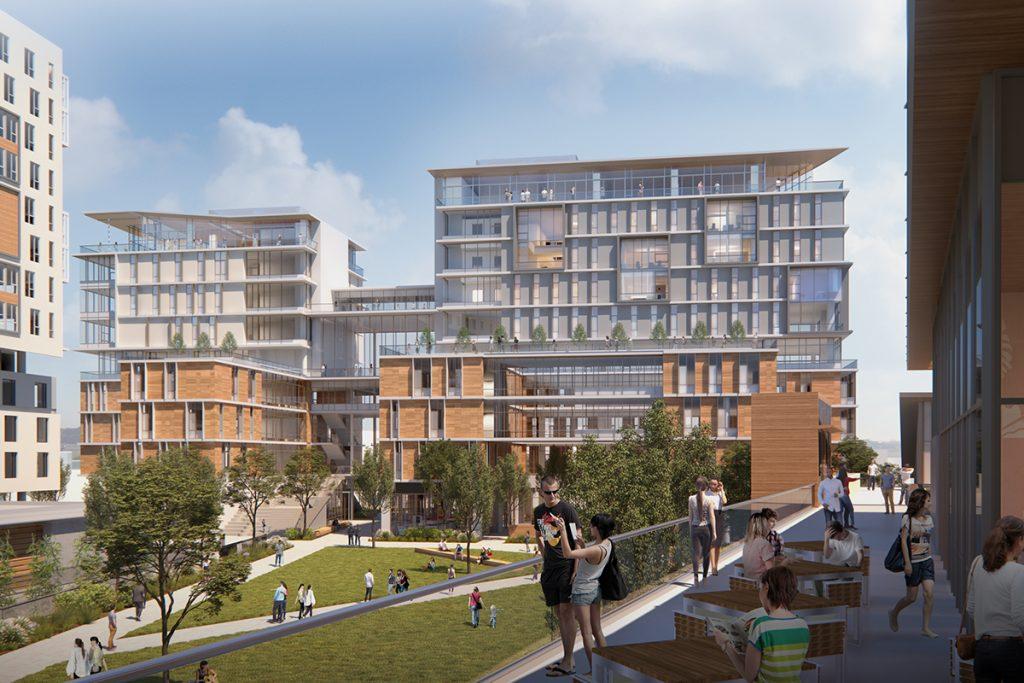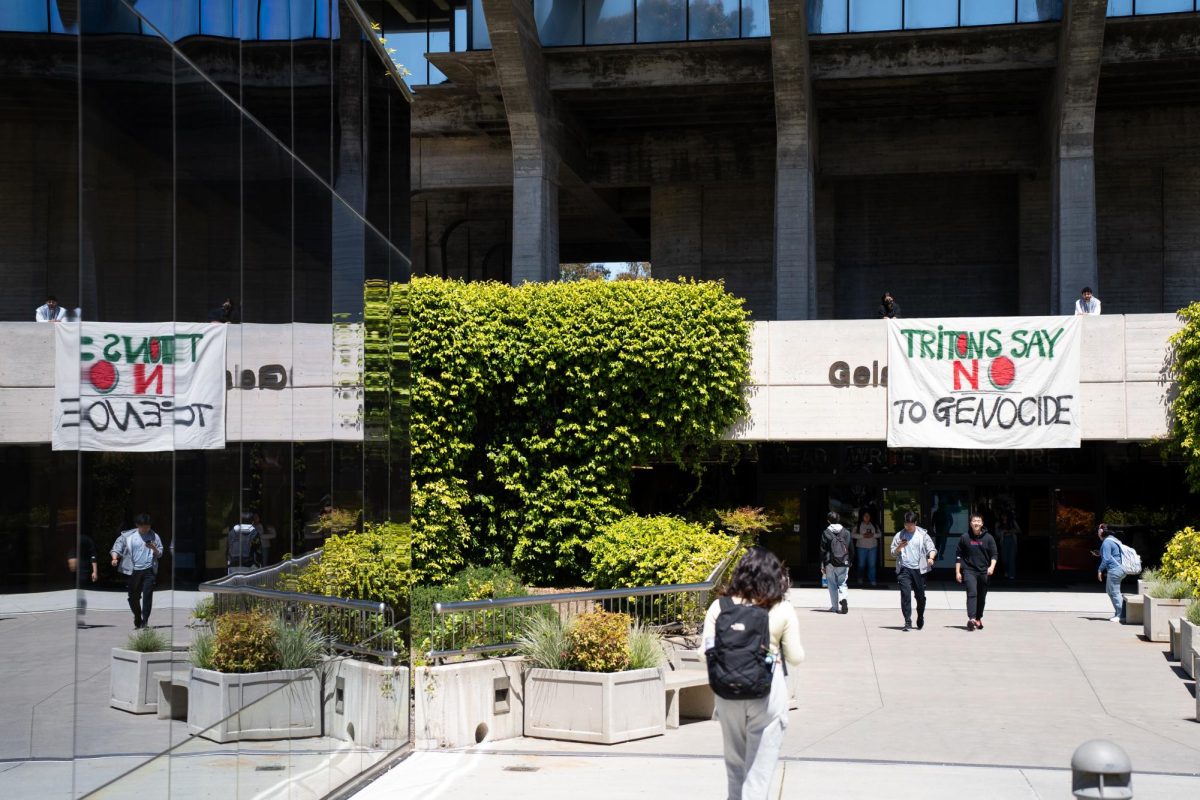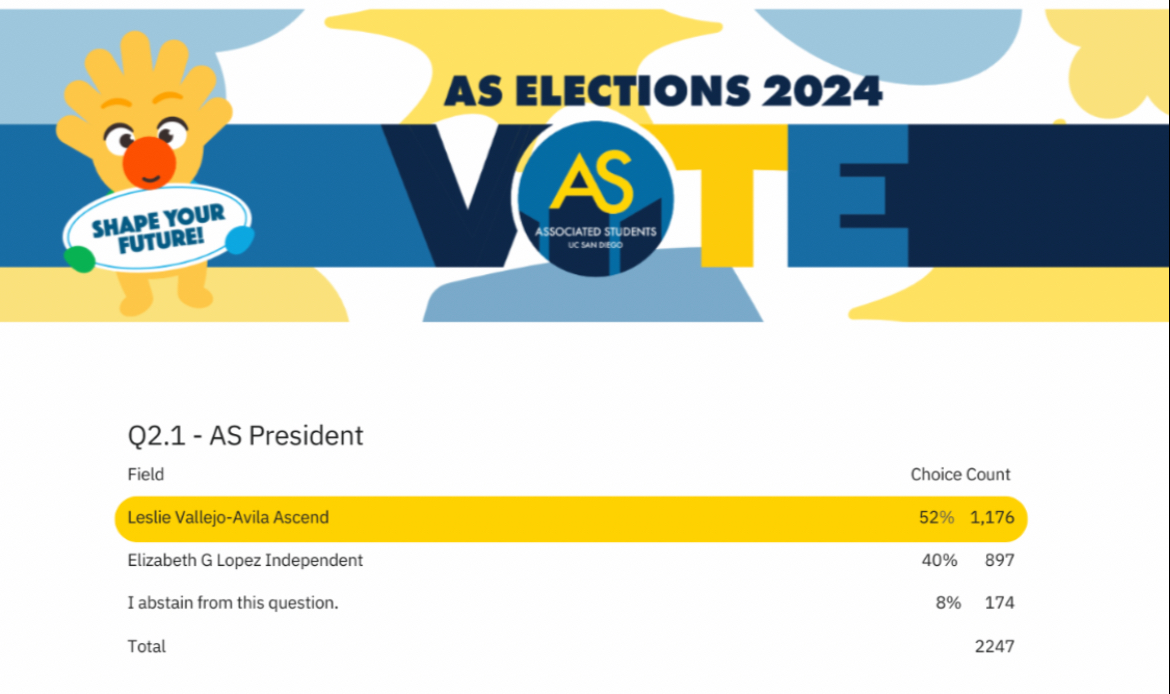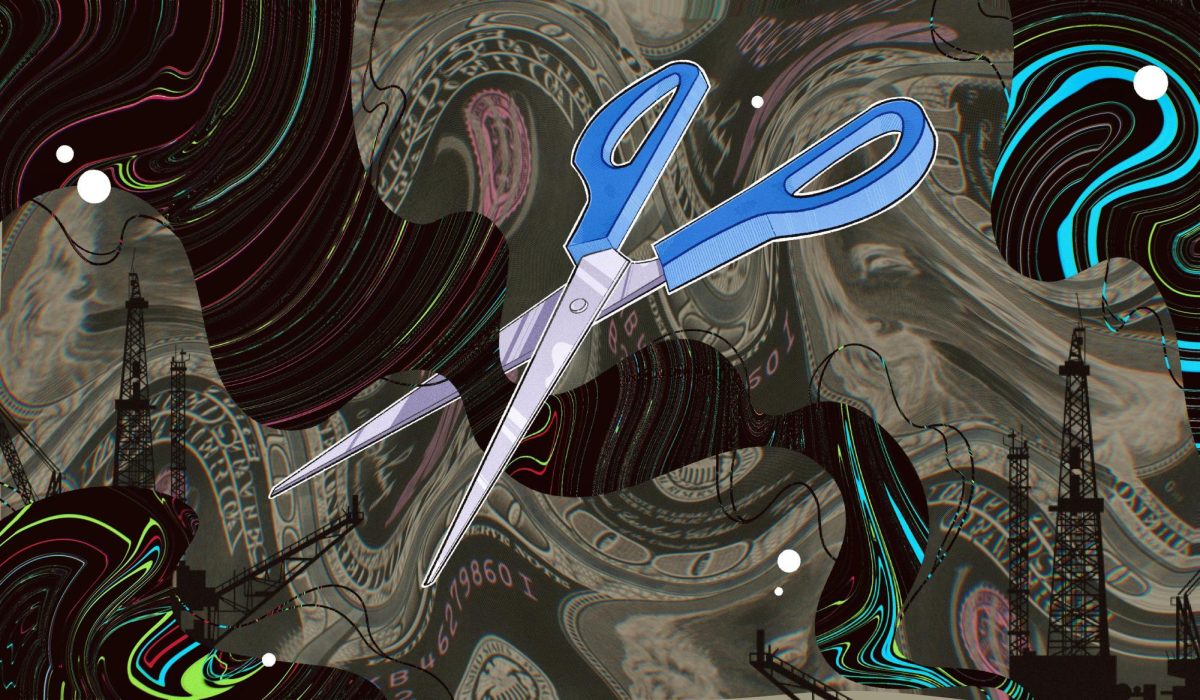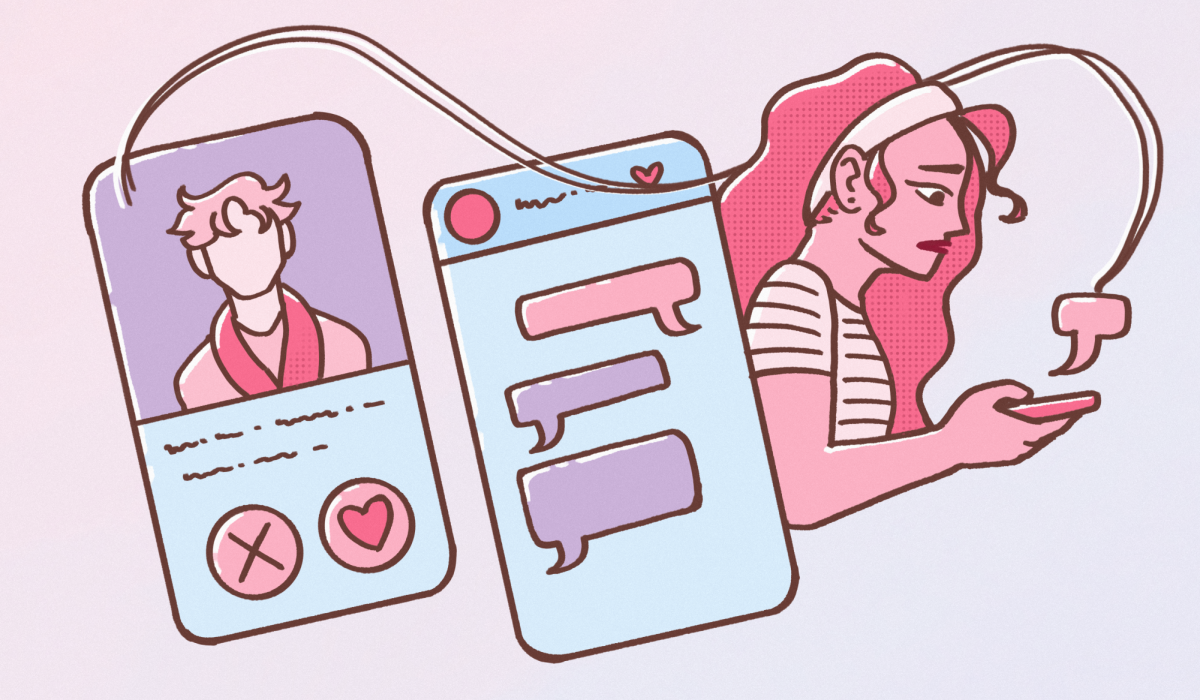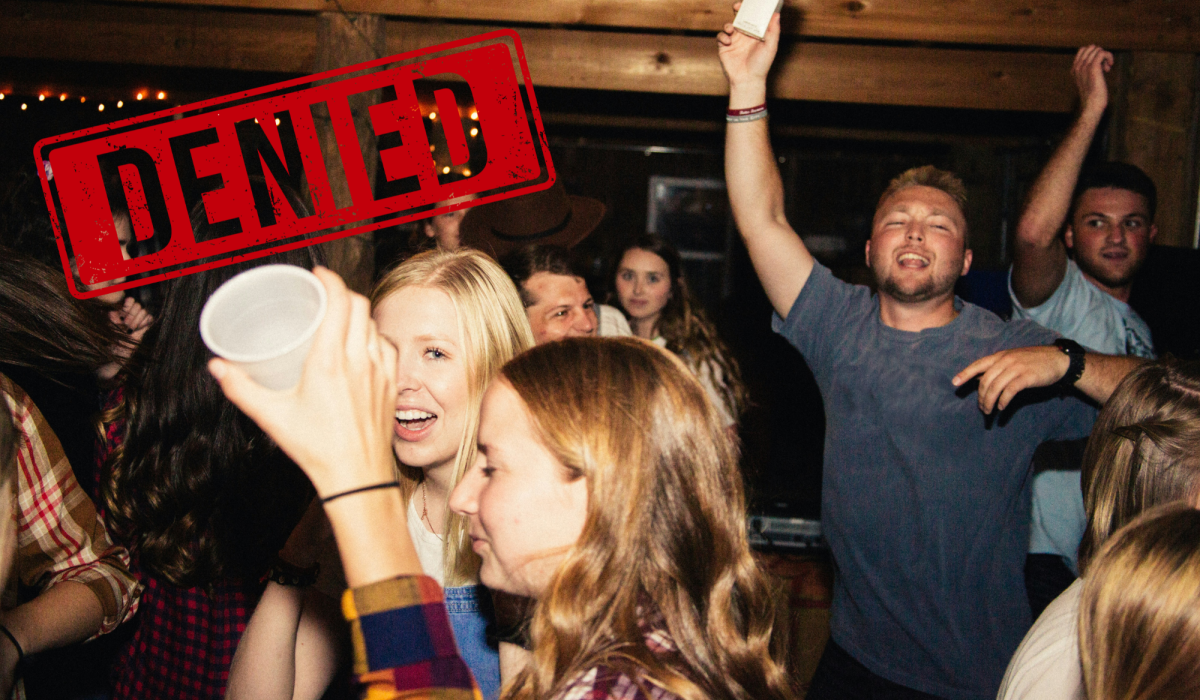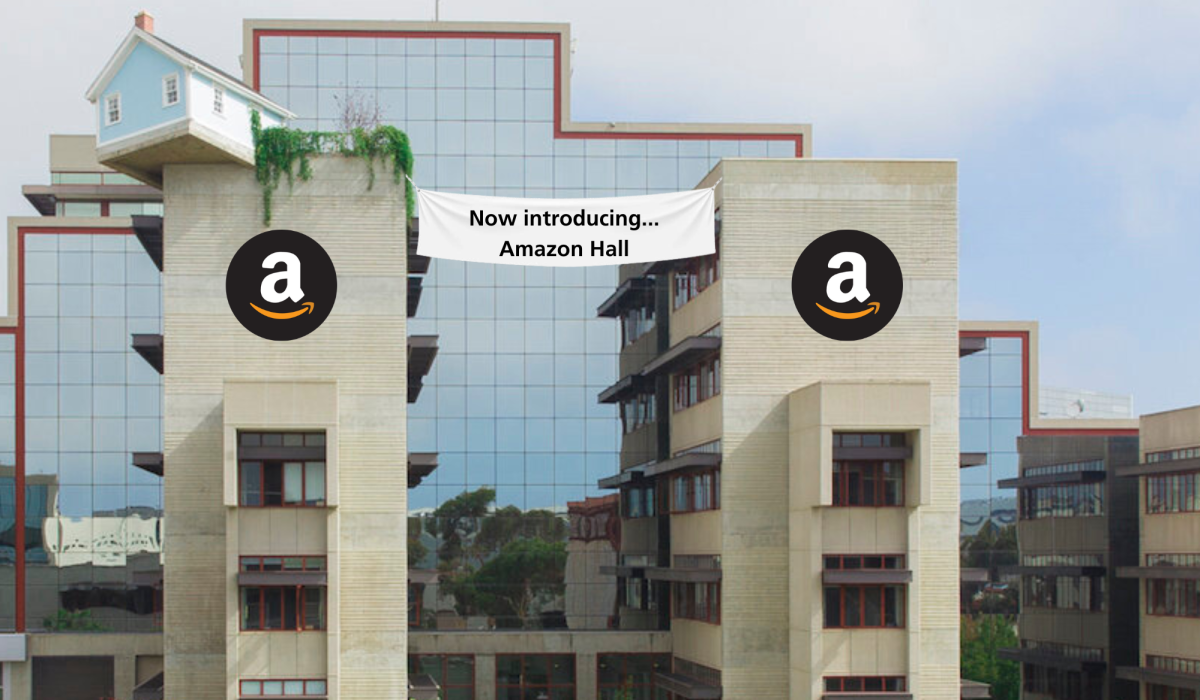After a decade of rapid expansion and another record-breaking year of admissions offers, UC San Diego will be home to nearly 39,000 students this year, all of whom will need help with some combination of housing, financial aid, academic advising, mental health counseling, tutoring, and social integration. UCSD has introduced a number of developments to compensate for such rapid population growth: new parking structures, nearly 2000 new beds and more classrooms, all introduced in the North Torrey Pines Living Learning Community currently under construction where the long-dead Muir parking lots once lived.
UCSD is pouring millions of dollars into the NTPLLC trying to meet the basic requirements to accommodate such a large student body, but these developments have some blind spots. Each addresses universal obstacles to higher education — those that affect the campus population as a whole but do not include unique challenges faced by certain communities. Minority groups on campus confront the same barriers to higher education as the rest of the campus, but with additional challenges on top for good measure. Yet UCSD has not addressed how rapid expansion will affect these communities or how new developments will incorporate minority student’s needs.
Minority groups already have enough barriers to success in higher education just as the campus is now. Black and hispanic students at UCSD have markedly lower retention rates than their white and asian counterparts. Undocumented students are unable to access resources for financial aid and housing for fear of exposure. LGBT+ students are more likely to experience violence and harassment than other students. Resource centers exist on campus to bridge the gaps in the college experience groups like these, but UCSD has yet to expand these institutions anywhere near the rate that they are expanding the campus.
Resource centers perform functions that universal projects and resources can not: they offer counseling and education as it relates to their target students, they help students navigate campus and local bureaucracies to identify other useful resources, academic or otherwise. And perhaps most importantly, they concentrate increasingly diffuse communities around a set point within an impersonal campus. Resource centers ensure modest but vital accommodations that make higher education more accessible and more sustainable experiences. They will be the first to feel the pressure of over-enrollment, though.
Just numerically, more students on campus means more people putting pressure on existing resources. Many institutions, like the financial aid office or Housing-Dining-Hospitality, serve very large populations and always have. Comparatively, resource centers reach much smaller audiences, so increases to campus populations create relatively more strain. Shocks to HDH result in longer lines at dining halls — a complication for students but more an inconvenience than a necessity. Shocks to resource centers, especially given that they do not expand based on the number of students they serve, can mean a failure to provide the resources to UCSD’s most vulnerable students.
Treatments for stress on resource centers are not financial or physical necessarily; more money and bigger spaces will not inevitably close gaps in retention rates or acclimate students to their campus communities. UCSD needs to adopt a more comprehensive approach to meeting the needs of its students by specializing typically universal resources for specific audiences.
Tutoring, housing aid, financial aid, mental health counseling, and a whole host of resources exist on this campus but usually at a universal level; They often do not address the ways that membership in a minority group might affect these needs. Counselors in mental health services may not be equipped to tackle issues of race or legal status, and a universal approach to financial aid may not lift queer people to an economic place where higher education is an option at all, for example. Expanding resource centers will become more and more necessary; UCSD should focus on filling those gaps between the universal issues faced by all students and the niche issues faced by social and economic minorities.
Resource centers are the forgotten institutions getting lost in all the planning and development committees. For most of the campus, the existing plans will meet their needs, but for members of UCSD’s smaller communities, the campus will likely become an increasingly alienating and stressful place. Expanding resource centers can mean the difference between enabling these students to thrive or losing them in the crowd.
Photo courtesy of Safdie Rabines Architects.


